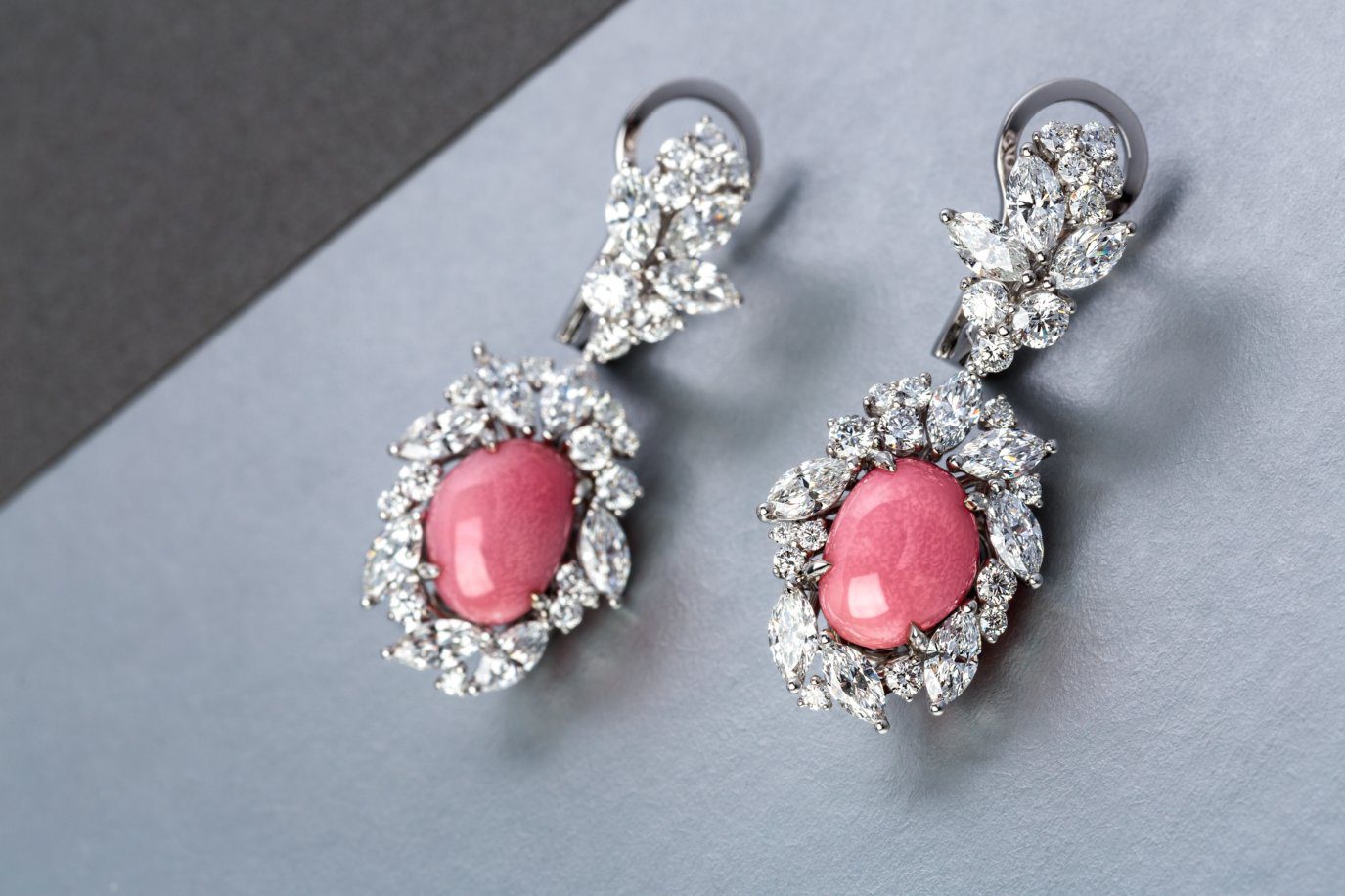Conch Pearl Buying Guide
Considering a conch pearl buying trip to the Caribbean? Quality factors for these gems differ from colored gemstones. Before you make a purchase, learn to evaluate their unique flame structure and other features.
4 Minute Read
Related Articles
Calcareous Concretions Value, Price, and Jewelry Information
Several species of marine mollusks produce stony growths called calcareous concretions or non-nacreous pearls. Varieties such as conch pearls, tridacna...
Read More
Tridacna Pearl Buying Guide
Clam pearls can grow to be some of the largest in the world. Learn more about these aquatic gems and...
Read More
Quahog Pearl Buying Guide
Your next plate of steamed clams might hold a rare quahog pearl. Learn how to judge the quality of these...
Read More
Pearl Buying Guide
In this golden age of pearls, a wide variety of shapes, sizes, and colors are available. Our pearl buying guide...
Read More
Latest Articles
Morganite Buying Guide
Complete morganite buying guide covering the 4 Cs, treatments, and pricing. Learn how to choose the perfect pink beryl gemstone...
Read More
How Do Amethysts Form?
Discover the fascinating geological journey that transforms colorless quartz into vibrant purple amethyst through volcanic processes, iron impurities, and natural...
Read More
Rhodizite Value, Price, and Jewelry Information
Rhodizite is tough enough to make an excellent jewelry stone. However, it's quite a rare mineral. Faceted specimens are extremely...
Read More
Pearl Treatments and Enhancements
Did you know that routine pearl treatments are the most common enhancements in the gem trade? Learn more about these...
Read More
Never Stop Learning
When you join the IGS community, you get trusted diamond & gemstone information when you need it.
Get Gemology Insights
Get started with the International Gem Society’s free guide to gemstone identification. Join our weekly newsletter & get a free copy of the Gem ID Checklist!
